We headed out this summer for what call our Oishii design expedition. These trips help us to refresh, shift perspective, and perfect our practice. Around the office we ask everyone to “Think Like A Tourist” and purposeful travel is the best way to realize our recognizably lofty ambitions.
Going out and exploring is not simply about seeing what others are doing, although that’s always useful and fun. These trips are for us, about immersing ourselves in how other cultures think and work and create. So this summer we packed up and headed to Denmark, one of the centers of iconic Scandinavian design.
Design is everywhere in Denmark and Copenhagen; it infuses daily life, and not just architecture, industrial design, furniture or fashion. For well over 300 years, Denmark has been universally recognized for design and craftsmanship. And we are familiar with the modern designs of Bang & Olufsen, Kaare Klint, Arne Jacobsen and the Jans J. Wegner chairs. For us, we wanted to experience and understand the power behind Danish design, and capture thinking in action. We wanted to spend time in Bregade and the Design Museum and wander the city.
It became clear quickly to us that the power of Danish design is what happens before an object becomes physical and real.
Danish design captures a thought process, long before the iconic lamp, chair or building takes shape. Like good design thinkers, Danes create things for people, to use and maybe make their lives better and more comfortable. And fun, too. Perhaps it’s the history of Denmark; they endure long winters with only a sliver of sun, the many fjords and waterways cutting cold into bare skin. This is design thinking, solving our problems with a solution that brings light and air into routines. After all, that is what the best design is, problem solving on a grand and neverending scale.
You see design thinking obviously in architecture and urban planning. One example is a “city” in the middle of Copenhagen called Christiana. It’s not a “city”; it’s more of an urbane modern commune smack dab in the middle of a bustling metropolis. In this “city space” on a fjord, was once a 700-year-old military barracks. The Danish government was in the process of abandoning the property in 1971 when locals quickly marched in. They set up a semi-autonomous city with housing, public services and a public garden and architecture codes. They called in celebrated graffiti artists to paint murals, they set up food markets and industry. Lots of thought and experimentation has gone into all facets of the garrison-city, what the early founders wanted residents to experience.
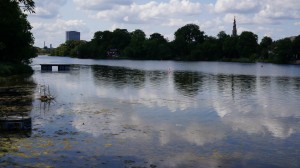
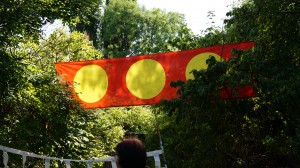
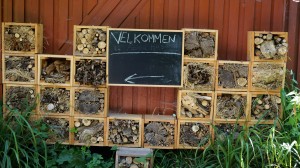
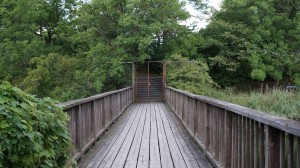
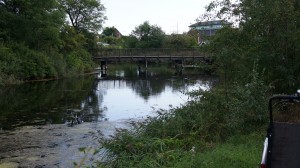
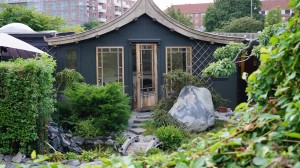
Comments ( 0 )